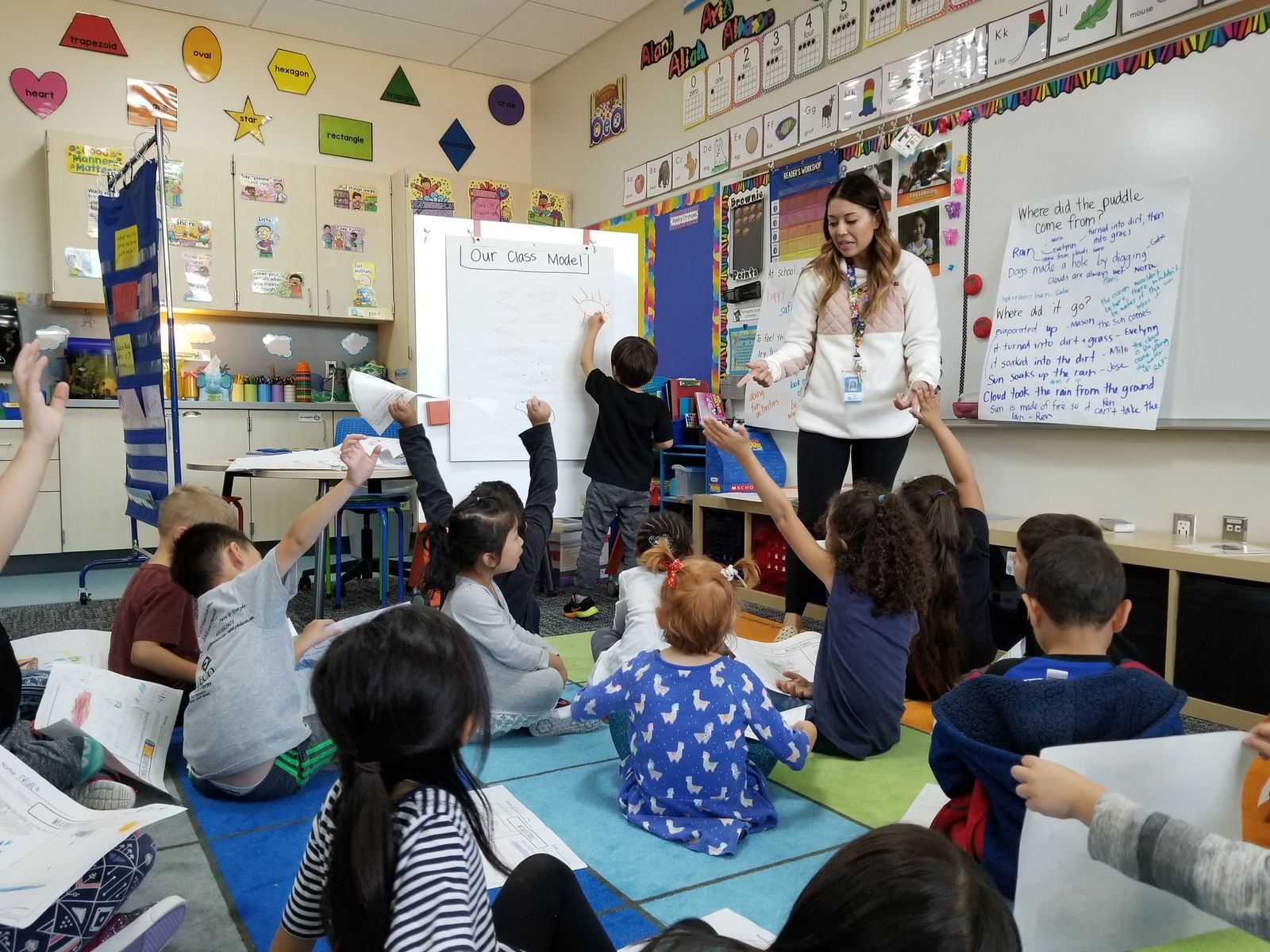I feel extremely honored to announce that I’ve been selected as the K-6 science educator for the Presidential Awards for…
Our curriculum and assessment approach to teaching science is featured in the most recent National Academies publications (and here too!).
When we think about starting the school year and setting up a classroom environment that promotes risk-taking, we think about how we’ll get students to participate. Here are a few quick tips that we’ve used to have kids engaged in the rigorous science work we’ll be tackling this year
It’s that time of year again! The TeachersPayTeachers back to school sale is on! Our whole store is 20% off…
If you’ve been to one of our workshops, you’ll know how important the Discussion Stoplight is to our science instruction!…


